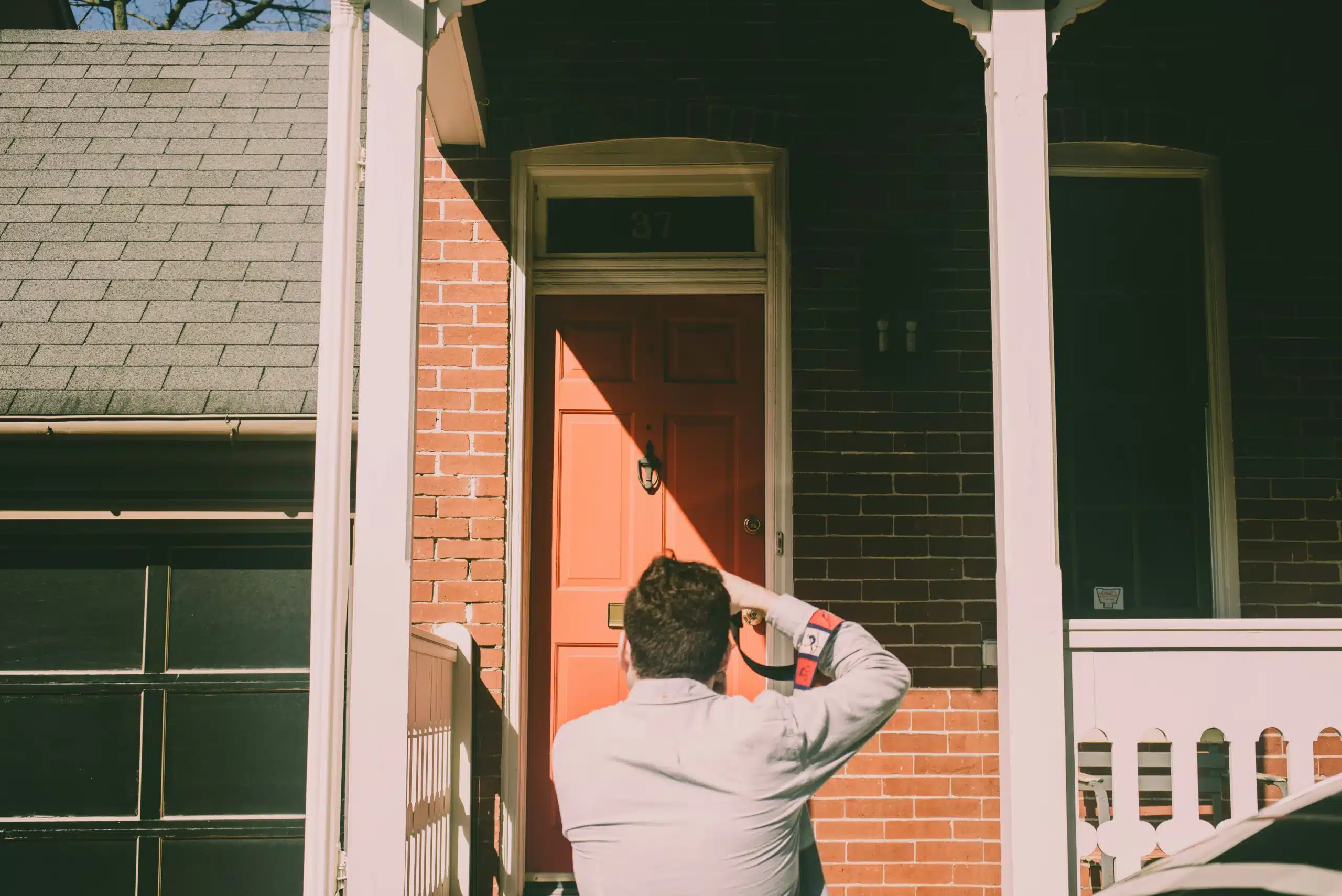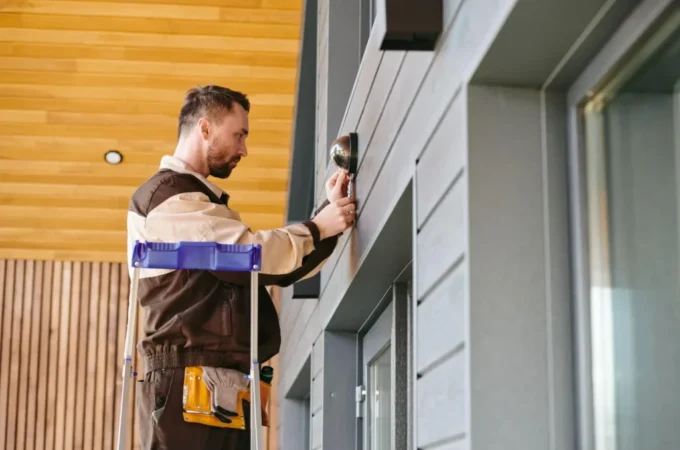
Home Health Check: 6 Seasonal Inspections to Prevent Costly Surprises
Houses talk. They groan, crack, drip, and whisper warnings long before catastrophic failures occur. After thirty years inspecting everything from luxury mountain homes that even the best roofing contractors in Salt Lake City wouldn’t touch without hazard pay, to century-old farmhouses hiding termite colonies the size of small nations, one truth remains constant: seasonal maintenance prevents financial bloodbaths.
Most homeowners notice major problems only after they’ve evolved into budget-destroying monsters. The subtle early signs—those quiet harbingers of expensive repair bills—often go undetected until water pours through ceiling drywall or foundation cracks transform from hairline to horror show.
Here are six essential seasonal inspections that catch problems while they’re still minor annoyances rather than mortgage-sized disasters.
Table of Contents
Toggle1. Spring Roof Assessment (Early March)
Spring reveals winter’s roof damage with brutal honesty. Methodically scan each roof section for missing shingles, damaged flashing, or unusual dips indicating structural concerns. Pay close attention to any spots where your roofing materials meet obstacles like chimneys and vents.
What most homeowners miss: Check your attic after heavy rain. Dark stains on rafters often appear months before ceiling damage becomes visible in living spaces. Those stains tell you exactly where problems exist, making repairs targeted rather than speculative.
One client ignored slight water staining on a garage ceiling for three years. By the time they called me, rotted sheathing had compromised an entire roof section, turning a $300 repair into a $12,000 replacement.
2. Summer Exterior Envelope Check (Mid-June)
Examine your siding, trim, and foundations during bright daylight hours. Look for paint failure, warping, insect activity, or vegetation growing where it shouldn’t. Though these may seem like mere cosmetic issues, they indicate moisture intrusion and/or structural movement.
What most inspectors miss: Check exterior components at different times of the day. Morning light reveals different problems than afternoon shadows. A perfectly normal-looking wall at noon might display concerning moisture patterns at 7 AM, when dew evaporation patterns become visible.
A Seattle homeowner we know discovered this truth after purchasing their “perfect” home. A morning inspection would have revealed telltale moisture patterns caused by improperly flashed windows that eventually required north of $22,000 in repairs.
3. Fall Drainage Evaluation (Late September)
Before autumn rains begin, verify that water moves away from your foundation. Clean gutters, extend downspouts, and check that soil slopes away from your house with proper grading. Water regularly moving toward your foundation is a sure-fire way to net yourself some significant future damage.
What gets overlooked: Basement corners, particularly during and immediately after rainfall. Early moisture intrusion often appears as slightly darker concrete before developing into actual water entry. These subtle discolorations map your foundation’s vulnerable points.
A Minneapolis homeowner we worked with ignored slight basement corner dampness for five years. The resulting foundation damage required $43,000 in structural repairs that proper drainage would have prevented for far less.
4. Winter HVAC Assessment (Early November)
Before switching from cooling to heating, check all components of your HVAC system. Replace filters, clear dust from vents, and verify that carbon monoxide detectors are functioning properly. Pay attention to unusual odors when systems first activate.
The overlooked detail: Your furnace cycle. Listen for delays between thermostat activation and system response, as these can indicate controller problems developing. Similarly, new or different operational sounds frequently precede major component failures by weeks or months.
One of our friends in Colorado ignored their furnace’s new “clicking” sound, assuming it was normal seasonal adjustment. Three weeks later, on the coldest night of the year, complete system failure led to emergency replacement (complete with costs triple what preventative service would have required).
5. Mid-Winter Insulation Inspection (January)
After several hard freezes, check attics and crawlspaces for proper insulation distribution and cold air infiltration. Ice dam formation on roofs indicates heat escaping through insufficient insulation, while frozen pipes signal vulnerable areas requiring additional protection.
Commonly missed: Examine exterior walls with an infrared thermometer during cold weather. Temperature variations of more than 4 degrees between similar wall sections often reveal insulation gaps or settling that standard inspections miss entirely.
6. Transition Season Appliance Review (April and October)
During spring and fall, inspect household appliances for performance changes. Check refrigerator door seals, dryer vents, washing machine hoses, and dishwasher connections. These high-moisture components routinely fail without warning.
What gets ignored: Measure baseline performance metrics. A refrigerator taking 15% longer to cool or a dryer needing extra time signals developing problems long before complete failure occurs.
These six inspection routines require perhaps twelve hours annually. Compared to the average major home repair cost, this time investment yields extraordinary returns while protecting your home’s most vulnerable systems during their highest-risk seasons.
Most importantly, they transform homeownership from reactive crisis management into proactive protection of your largest investment.






